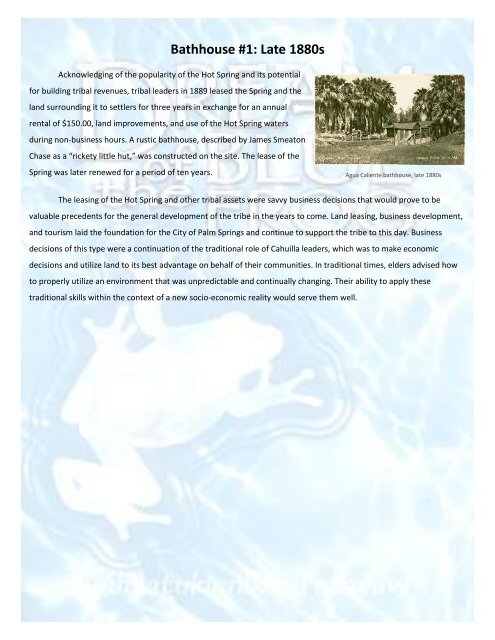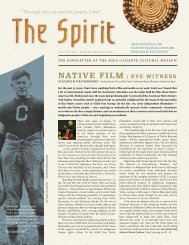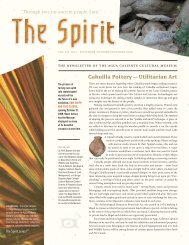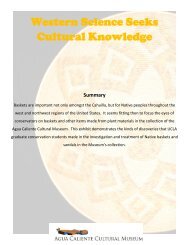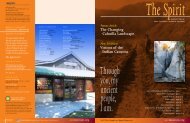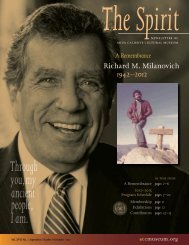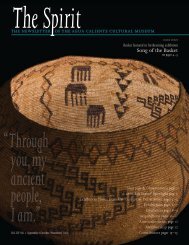Create successful ePaper yourself
Turn your PDF publications into a flip-book with our unique Google optimized e-Paper software.
Bathhouse #1: Late 1880s<br />
Acknowledging of the popularity of the <strong>Hot</strong> <strong>Spring</strong> and its potential<br />
for building tribal revenues, tribal leaders in 1889 leased the <strong>Spring</strong> and the<br />
land surrounding it to settlers for three years in exchange for an annual<br />
rental of $150.00, land improvements, and use of the <strong>Hot</strong> <strong>Spring</strong> waters<br />
during non-business hours. A rustic bathhouse, described by James Smeaton<br />
Chase as a “rickety little hut,” was constructed on the site. The lease of the<br />
<strong>Spring</strong> was later renewed for a period of ten years.<br />
<strong>Agua</strong> <strong>Caliente</strong> bathhouse, late 1880s<br />
The leasing of the <strong>Hot</strong> <strong>Spring</strong> and other tribal assets were savvy business decisions that would prove to be<br />
valuable precedents for the general development of the tribe in the years to come. Land leasing, business development,<br />
and tourism laid the foundation for the City of Palm <strong>Spring</strong>s and continue to support the tribe to this day. Business<br />
decisions of this type were a continuation of the traditional role of Cahuilla leaders, which was to make economic<br />
decisions and utilize land to its best advantage on behalf of their communities. In traditional times, elders advised how<br />
to properly utilize an environment that was unpredictable and continually changing. Their ability to apply these<br />
traditional skills within the context of a new socio-economic reality would serve them well.


